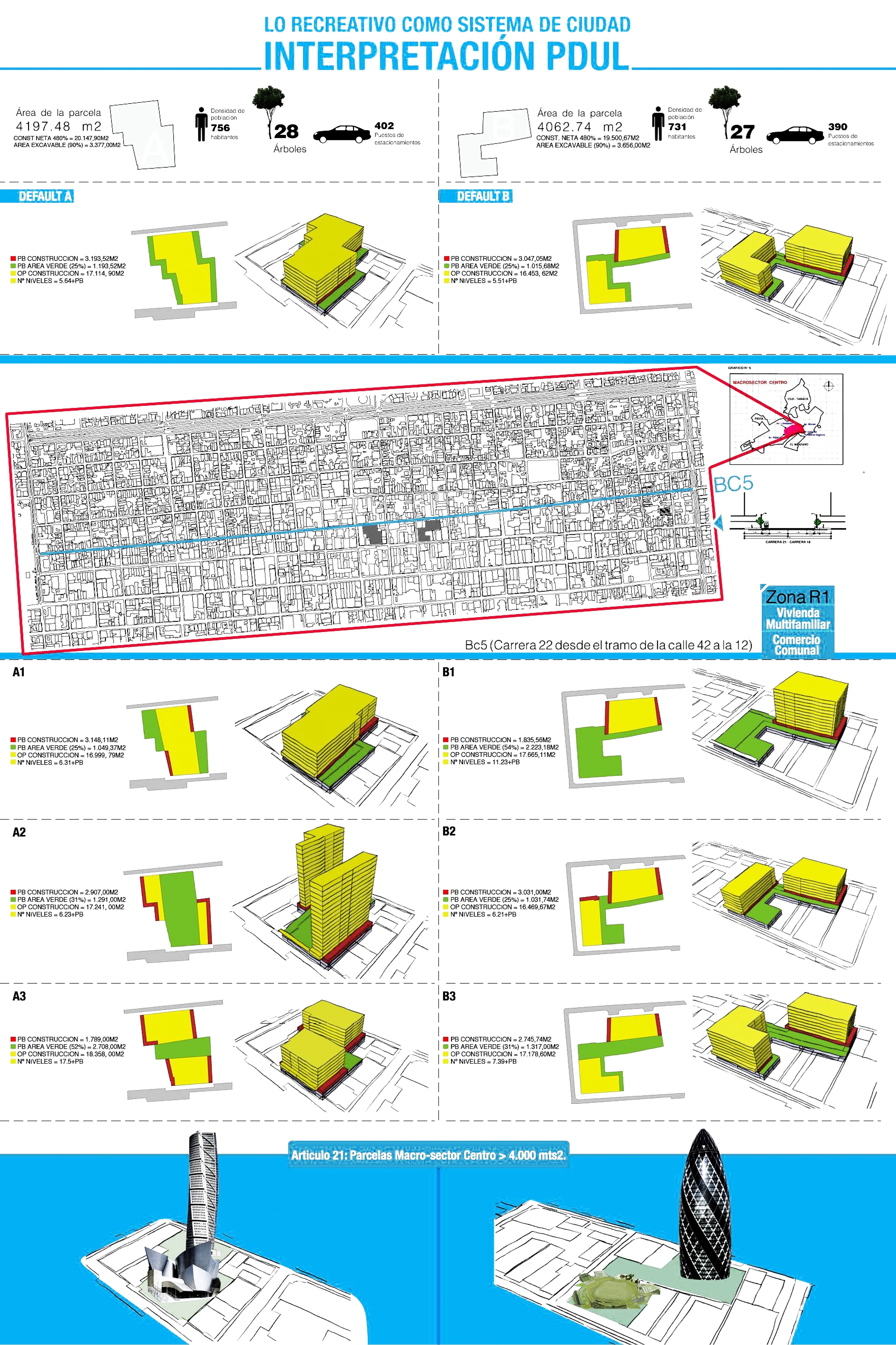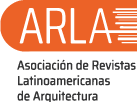Three-dimensional diagrams and the path towards project synthesis
DOI:
https://doi.org/10.51372/gacetatecnica242.4Keywords:
architectural diagram, three-dimensional architectural diagram, architectural objectAbstract
The purpose of this work is to describe, through a critical analytical monographic study, how the Diagram as an instrument of graphic representation becomes the cartography of the design process. The information was collected in the field, and organized in a population made up of the number of students present in the author Design workshops, in a period of 5 regular academic semesters. This occurs in a context where the teaching of architecture has been distinguished with characteristics for understanding the Architectural Object as a final product, its dissection into parts, and as a representation of a response to a design problem. This attitude could lead to dissipating attention from important moments where knowledge is collected and recorded, as well as particular experiences. Added to this is the fact that in the process of synthesis and definition of the final Architectural Object, the architectural project is ignored as a complex whole
Downloads
References
Enciclopedia, "Definición de diagrama", disponible en: http://definicion.mx/diagrama/, s/f
J. P. Pons y V. M. Martínez, "El diagrama como estrategia del proyecto arquitectónico contemporáneo" EGA Expresión Gráfica Arquitectónica, 15(16), pp. 96–105. doi: 10.4995/ega.2010.1016
S. Van Der Mass, "El Diagrama en la Arquitectura", Dearq, 08, julio, 32-43, 2011
L. Greg, "El potencial Proto-funcional de los Diagramas en el Diseño Arquitectónico", El Croquis 72 (I), p. -21, 1995
A. Stan, "Diagrams Matter”, ANY: Architecture New York, Any 23, p. 16, Diagram Work: ata mechanics for a topological age, 1998
T. Onishi, "Verb Crisis", Editorial ACTAR Arquitectura de Emergencia Experimental, p. 203, EUA, 2008

Published
How to Cite
Issue
Section
Copyright (c) 2023 Cesar Alejandro Figueroa Rodríguez

This work is licensed under a Creative Commons Attribution-NonCommercial-ShareAlike 4.0 International License.
The opinions expressed by the authors do not necessarily reflect the position of the editor of the publication or UCLA. The total or partial reproduction of the texts published here is authorized, provided that the complete source and electronic address of this journal is cited. Authors have the right to use their articles for any purpose as long as it is done nonprofit. The authors can post on the internet or any other media the final approved version of their work.






.png)




